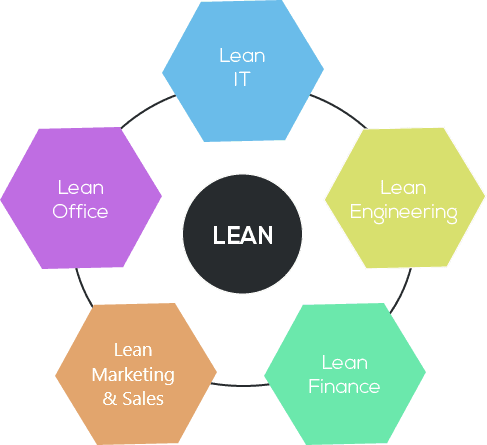Do you like acronyms? Then this article is made for you ! Do you know the OKR method, or Objectives and Key Results? It is a technique of business management, created in the fifties by Peter Drucker, the founder of management 3.0. It combines the ambition of an organization with the measurement of key results.
Concretely, this approach aims to define ambitious and inspiring short-term goals, then to identify the key results that will show that it has achieved them. To make ends meet, the company will need to have a strategy in place and constantly adapt.
Why using this OKR method ?

- Where does the business want to go and what does it want to accomplish?
- What can she do to get there and how can she tell if she is headed in the right direction?
By providing a course for the company, the approach promotes its growth and leads it to success.
A concrete example ?
Let’s imagine a concrete example. The goal would be to improve customer satisfaction for a business. The key results could be:
- Increase the net recommendation rate beyond X points
- Obtain x responses to the satisfaction survey distributed to customers
- Carry out x telephone interviews with the best clients
- Carry out x telephone interviews with recently unsubscribed customers.
These goals are quantifiable, measurable, achievable and clearly defined. They could perfectly fit into the establishment of OKR.
What are the keys to the success of this method?

- The goals to be achieved must be ambitious, but achievable.
- It is best to limit yourself to 3, 4 or 5 key results.
- Key results should be clearly defined and easily measurable.
- The method should not be used by managers as a means of evaluating employees (an unfulfilled objective should not be sanctioned, for example).
- Communication is very important: the company must communicate its vision and its objectives must be understood by all and involve as many people as possible.
- Transparency is a key element of success.
- To derive maximum benefit from this course of action, OKRs should be measured regularly.
- Goals can be repeated every one to three months, one by one, to be assessed as they progress.
To do this, it is possible to study changes in turnover, conversion rate, or number of customers, etc. It is important to remain flexible: the OKR method is a good course of action to adopt, but only if it remains flexible, or able to readjust without demanding overly strict results.
An essential alignment

Are you still following? In other words, the OKR method creates an ecosystem of interdependent tasks, which involves all employees in the same way in the strategy of the company.
Here, the key role of communication takes on its full meaning: it ensures a better flow of information at all levels. Unlike other methods, OKR’s method not only accompanies the definition of the company’s vision, it helps to disseminate it.
This can be easily implemented: it involves correlating the tasks to be accomplished and the objectives to be achieved. These specifications then become a real common thread that guides organizations in the achievement of their objectives and unites employees around a common goal. To be achieved, these objectives must be clearly defined and understood by all, but also that they are able to involve all stakeholders.
In short, the OKR method is a simpler approach than you might think and which makes it possible to link each of the actions to the objectives to be achieved; it reflects a strategic vision. Skillfully orchestrated, it must be able to support the company towards success, in particular by enabling it to increase its productivity, responsiveness and employee engagement. Its potential is no longer to be proven, moreover the largest companies such as GAFAM have been using it on a daily basis and for many years.



